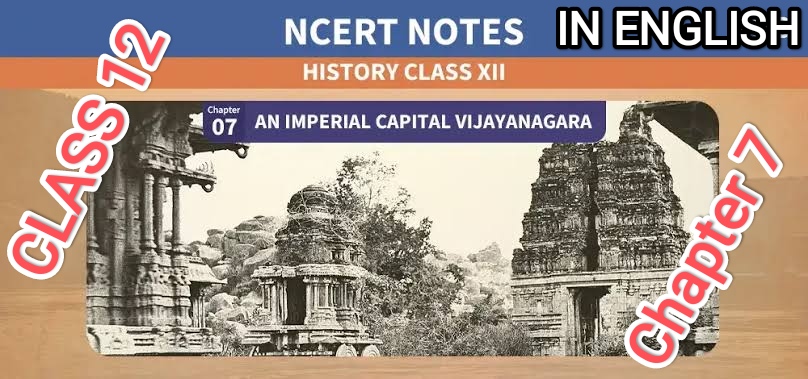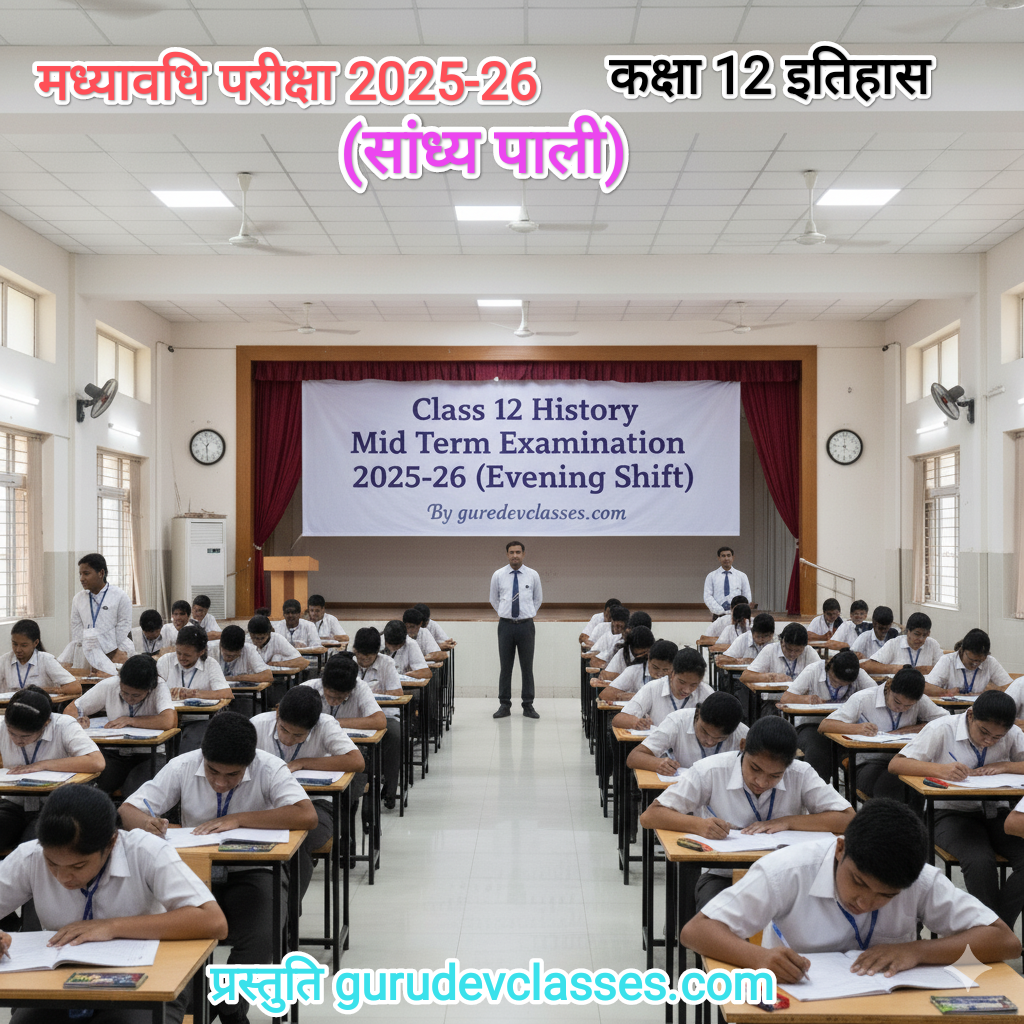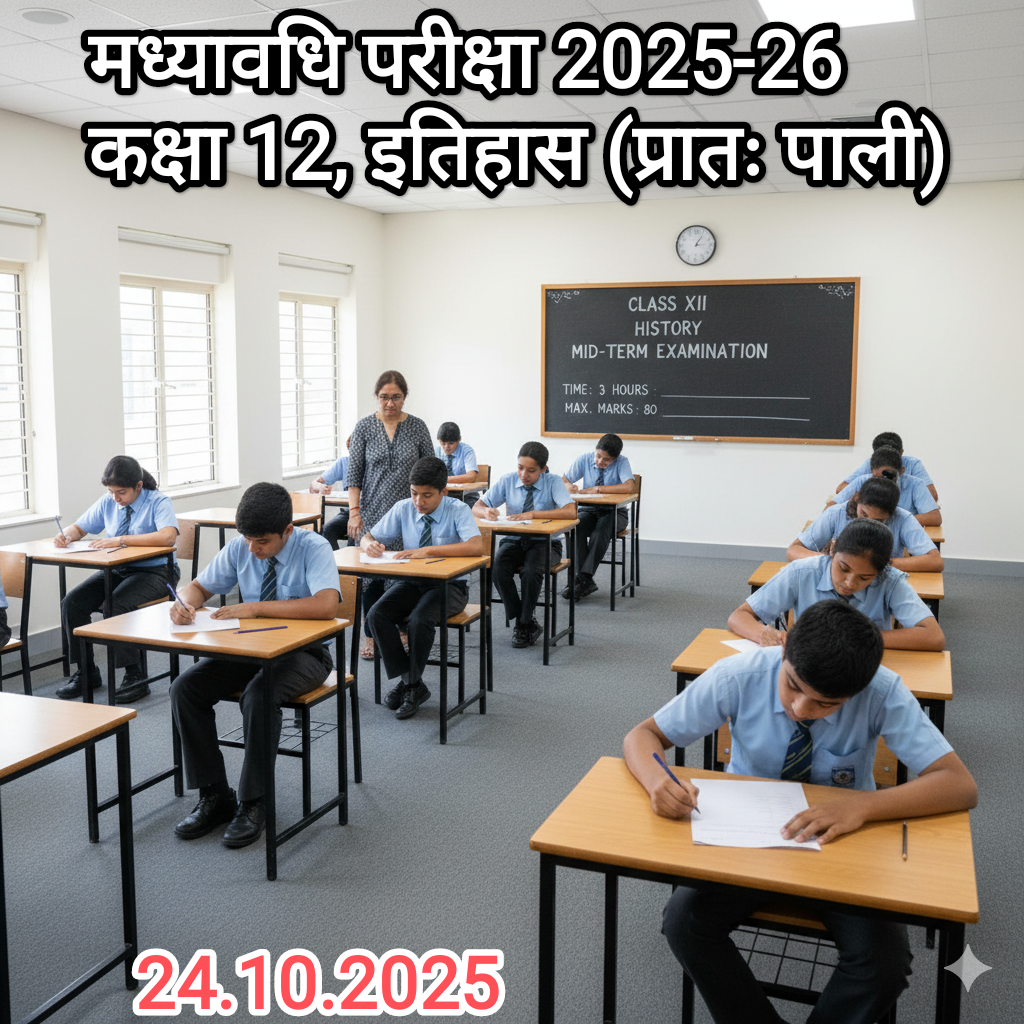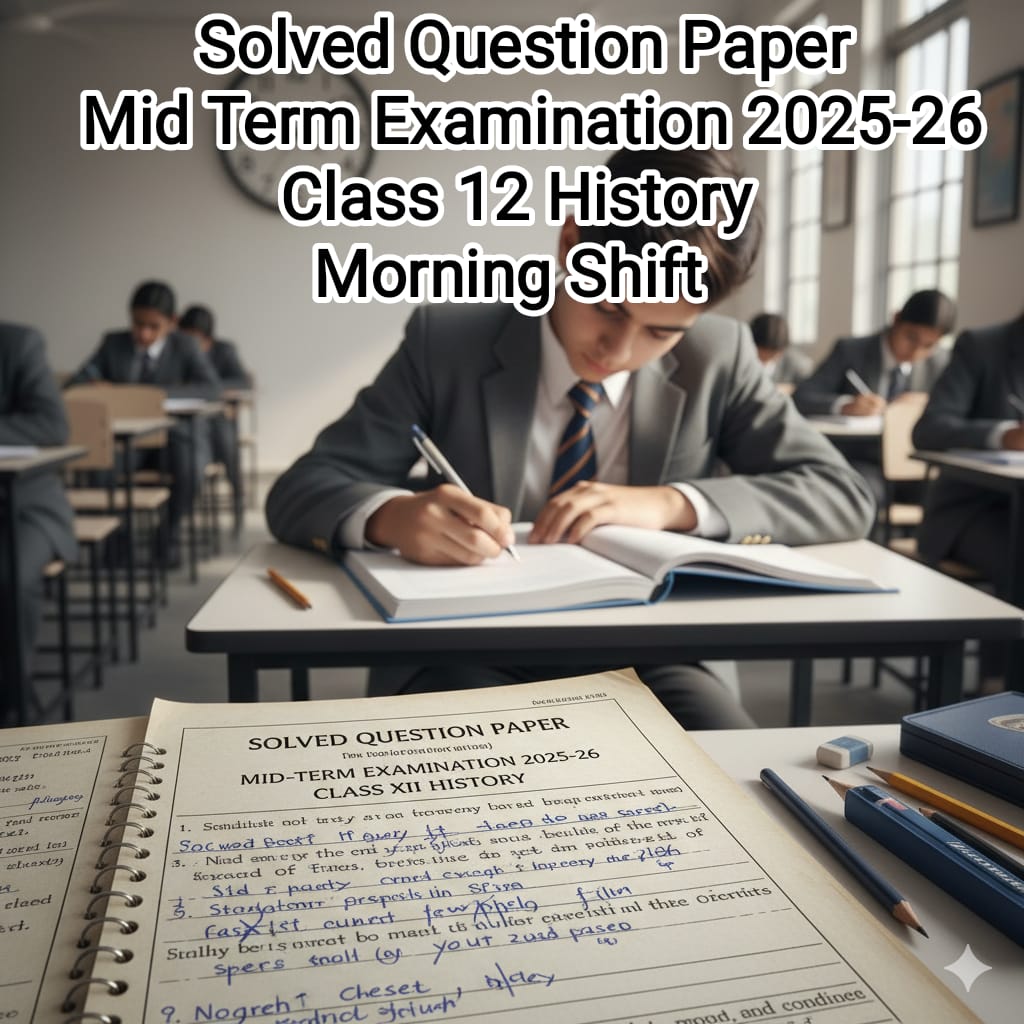1. Introduction
- Vijayanagara Empire (1336–1565 CE) was one of the most powerful empires in South India.
- Founded by Harihara I and Bukka Raya I of the Sangama dynasty.
- Located on the banks of the Tungabhadra River (present-day Hampi, Karnataka).
- The capital city of Vijayanagara was Hampi, a UNESCO World Heritage Site today.
- Flourished as a political, economic, cultural, and religious centre of medieval South India.
2. Political History
- Dynasties of Vijayanagara:
- Sangama Dynasty (1336–1485) – Founders Harihara and Bukka.
- Saluva Dynasty (1485–1505).
- Tuluva Dynasty (1505–1565) – Most glorious period under Krishnadeva Raya (1509–1529).
- Aravidu Dynasty (1570–1646).
- Krishnadeva Raya:
- Considered the greatest ruler of Vijayanagara.
- Titles: Andhra Bhoja, Karnataka Simha.
- Patron of literature, art, and temple-building.
- Wrote Amuktamalyada in Telugu.
- Expanded empire, defeated Bahmani Sultans, and maintained strong relations with foreign traders.
- Decline:
- Defeated in the Battle of Talikota (1565) by the combined forces of the Deccan Sultans (Bijapur, Golconda, Ahmadnagar, Bidar, Berar).
- Capital city Hampi was destroyed and plundered.
3. Urban Architecture of Vijayanagara
- The city was divided into sacred centre (temples, religious monuments) and royal centre (palaces, administrative buildings).
- Built with stone and mortar instead of mud, ensuring durability.
- Roads, bazaars, fortifications, tanks, and temples showed advanced urban planning.
4. Fortifications
- Vijayanagara had a complex defensive system:
- Seven layers of massive fort walls surrounded the city.
- Gates had archways and watchtowers.
- Inner fort contained royal palaces and important administrative centres.
- Fortification included agricultural fields within the walls to sustain during sieges.
5. Irrigation & Water Management
- The empire paid great attention to water supply in a dry region.
- Tanks, canals, and reservoirs constructed.
- Kamalaapuram tank, Hiriya canal – famous examples.
- Helped sustain agriculture and urban population.
- Temples and palaces also had stepped tanks for religious rituals and festivals.
6. The Royal Centre
- Contained palaces, audience halls, and enclosures.
- Famous buildings:
- Lotus Mahal – Indo-Islamic architecture, used as a social space for royal women.
- Elephant Stables – Indo-Islamic arches and domes, housed royal elephants.
- Hazara Rama Temple – personal temple of the royal family, decorated with Ramayana panels.
- Mahanavami Dibba – massive stone platform where king witnessed processions, celebrations, and the famous Mahanavami festival.
7. The Sacred Centre
- Temples were centres of both religious and economic life.
- Temples also acted as landowners, employers, and bankers.
- Major temples:
- Virupaksha Temple – dedicated to Lord Shiva, still functional today.
- Vittalaswamy Temple – famous for stone chariot and musical pillars.
- Hazara Rama Temple – royal temple with Ramayana carvings.
8. Religion & Culture
- Patronage to both Shaivism and Vaishnavism.
- Also support for Jainism.
- Bhakti movement was active – saints like Purandara Dasa and Kanaka Dasa composed devotional songs.
- Literature flourished in Telugu, Kannada, Tamil, and Sanskrit.
- Women also participated in religious and cultural activities.
9. Social & Economic Life
- Society was highly stratified but flexible.
- Women participated in temple management, dance (Devadasis), and even administration.
- The empire was very rich in agriculture and trade.
- Crops: rice, wheat, cotton, arecanut, spices.
- Internal trade (bazaars inside fort walls) and external trade with Portuguese, Arabs, Chinese.
- Exported: cotton textiles, spices, precious stones, horses.
- Used gold coins (Pagodas) and copper coins.
10. Nayaka System & Amaranayakas
- Nayaka System:
- Local military chiefs (Nayakas) controlled forts and collected taxes.
- Maintained soldiers and gave tribute to the king.
- Amaranayakas:
- Similar to feudal lords, granted land (Amaram) in return for military service.
- Played an important role in administration and military strength.
11. Relations with Deccan Sultans
- Constant conflict with Bahmani Sultanate and successor states (Bijapur, Ahmadnagar, Golconda, Bidar, Berar).
- Despite wars, there was cultural exchange – Indo-Islamic architecture in stables, palaces, and arches.
- Portuguese provided military supplies, especially horses and firearms.
12. Foreign Travellers’ Accounts
- Many travellers visited Vijayanagara and left valuable records:
- Nicolo Conti (Italy) – described prosperity.
- Abdur Razzaq (Persia) – impressed by magnificence.
- Domingo Paes (Portugal) – described Mahanavami Dibba and celebrations.
- Fernao Nuniz (Portugal) – gave details about Krishnadeva Raya’s administration.
- Their writings give first-hand evidence of trade, festivals, architecture, and lifestyle.
13. Important Literary Sources
- Amuktamalyada (by Krishnadeva Raya).
- Ramacharitamanas of Narahari (court poet).
- Local inscriptions and copper plate grants.
14. Decline of Vijayanagara
- Main reasons:
- Defeat at Battle of Talikota (1565).
- Plunder of Hampi by Deccan Sultanates.
- Weak successors after Krishnadeva Raya.
- Internal rivalries among Nayakas.
- The empire continued under the Aravidu dynasty but lost power and significance.
15. Legacy of Vijayanagara
- Vijayanagara left behind a rich heritage of temples, forts, and architecture.
- Hampi monuments today represent a fusion of Hindu and Indo-Islamic styles.
- Contributions to music (Carnatic tradition), dance, Bhakti poetry, irrigation techniques, and trade continue to be remembered.







